Madonna and Child, Saint John and two angels announcing the crucifixion
Oil on canvas, 69 x 94 cm
With frame, 85 x 100 cm
The painting discussed here constitutes one of the numerous variations of a successful composition created by the well-known Sienese artist Raffaello Vanni. The prototype of the subject, which evidently had considerable success, coinciding with a work that passed into a private collection, allows us to establish in what time the painter conceived this composition. The canvas, in fact, is linked to Vanni's works of the early 1940s: in particular, it shows clear analogies with the Saint Helena of Santa Maria in Publicolis in Rome, executed in 1644 for Cardinal Marcello Santacroce. Here the saint has a typology so similar to that of the Madonna in the painting in question that it leads us to think that the painter used the same model. The use of color that shapes the soft drapery also appears identical, so the red robe of Saint Helena marked by pasty folds reappears in the Madonna of the work presented here. Not to mention the same nuanced delicacy of the milky complexions that unites the two works to the Madonna and Child and seven seraphim of the Banca Monte dei Paschi di Siena (inv. 2961), another cornerstone of this extraordinary 1644, the year that sees the definitive consecration of painter not only in Siena but also in Rome, where he actively participated in the great undertaking of fresco decoration of Palazzo Patrizi. The scene takes place in a domestic environment: the Virgin is embroidering, when the Child draws his attention to two angels who are hoisting the Cross. The Madonna abandons her work and with a melancholy expression tenderly embraces the Child while Saint John tries to console him. Saint Joseph, a policeman in the background, arrives with the donkey probably to escape with his family to Egypt.he episode, which constitutes a clear premonition of the Passion, is denoted by its pathetic and dramatic accents. The composition is pulsating both for the dynamism of the groups and for the poetic overheating of the affections, key components regarding the development of baroque taste. This compositional scheme introduced by Vanni, also thanks to the circulation of the engravings, spread throughout the peninsula and was imitated by various artists: crucial in this sense is the version of the painting located in the Neapolitan church of Santa Maria di Chiaia.
Raffaello Vanni was a painter who worked mainly in his hometown, Siena, between late mannerism and the first manifestations of the Baroque, leaving a significant imprint on Sienese art of the 17th century. Born in 1595, his artistic training has its roots in an environment still deeply influenced by the great Tuscan mannerist tradition, but Vanni soon proved sensitive to the new currents that were emerging in Rome and elsewhere. His first steps in the world of art probably saw him as a pupil or in any case close to the workshop of Francesco Vanni, his father and esteemed mannerist painter. From him he learned the rudiments of drawing, composition and the use of colour, absorbing that grace and elegance typical of Sienese mannerism. However, Raphael did not limit himself to replicating his father's stylistic features; his desire for an update pushed him to a fundamental trip to Rome. In the papal capital, Vanni had the opportunity to come into contact with the works of the great masters of the early Baroque, in particular with those of Pietro da Cortona, whose dynamism, chromatic richness and monumentality of the figures deeply fascinated him. This Roman experience was crucial to his stylistic evolution. Upon his return to Siena,he brought with him a renewed sensitivity, combining the mannerist refinement inherited from his father with a greater vitality and drama, typical of the nascent baroque taste. His works, scattered in various churches and palaces in Siena and its surroundings, testify to this stylistic synthesis. Raffaello Vanni was a prolific artist, capable of tackling sacred and profane themes with equal skill. His altarpieces stand out for their balanced composition, the skilful use of light and the expressive rendering of the characters, often characterized by wavy drapery and eloquent gestures. Despite the Roman influence, Vanni always maintained a link with the Sienese tradition, visible in the delicacy of the faces and in a certain compositional grace which was never completely abandoned in favor of pure baroque impetus. His career lasted for many decades, going through different stylistic phases that reflect the cultural and artistic changes of the seventeenth century. He died in his native Siena in 1673, leaving an artistic legacy that contributed to defining the Sienese pictorial panorama of his time, positioning himself as a transitional figure between two eras and demonstrating the ability to assimilate and reinterpret new trends without ever losing his own identity.






























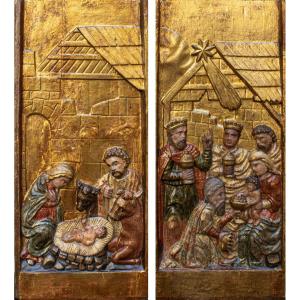



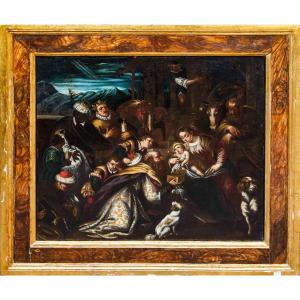
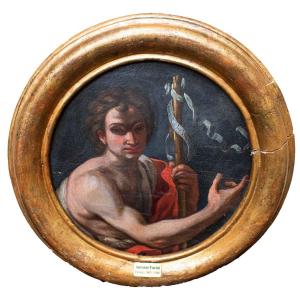





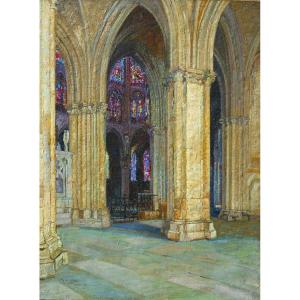

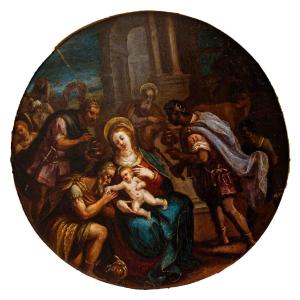
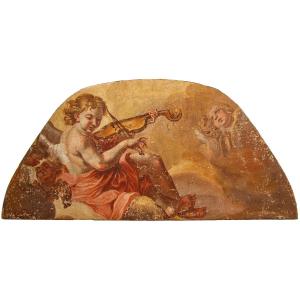



 Le Magazine de PROANTIC
Le Magazine de PROANTIC TRÉSORS Magazine
TRÉSORS Magazine Rivista Artiquariato
Rivista Artiquariato